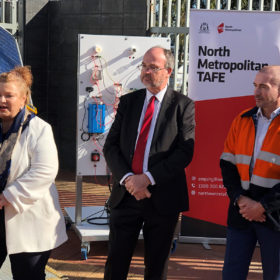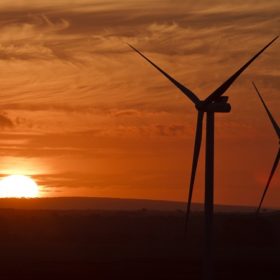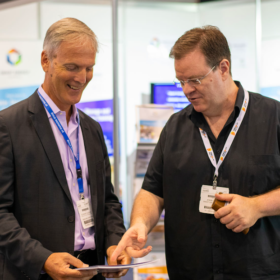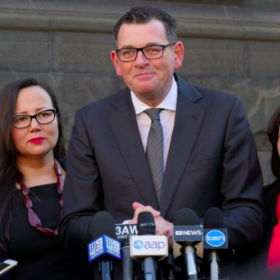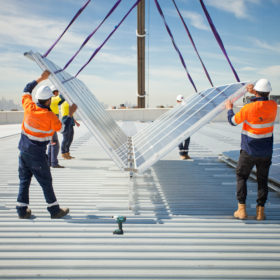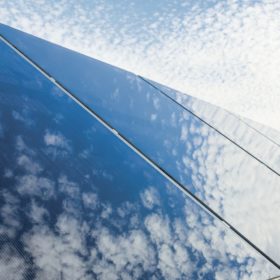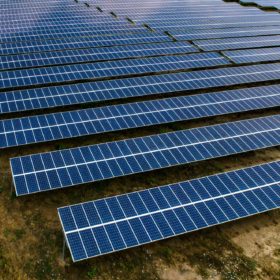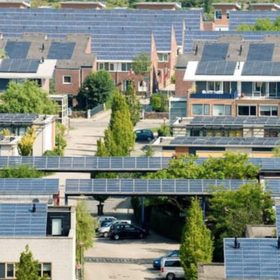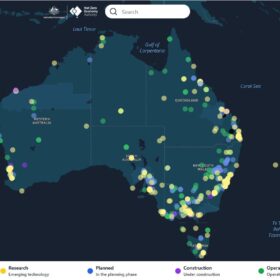Greek EPC acquires 260 MW Aussie solar portfolio
Metka Egn has announced the acquisition of six projects located in New South Wales and Queensland.
Western Power to retrain staff with standalone solar hybrid system skills
WA’s publicly owned grid operator will equip some of its staff with the skills required to install and maintain standalone power systems on the South West Interconnected Network (SWIN). The move reflects the move away from traditional poles-and-wires electricity supply, particularly to regional parts of the state’s Southwest.
Solar, storage and wind can keep us on track as far as 2030
This year’s New Energy Outlook report by Bloomberg New Energy Finance predicts renewables can keep us on track for less than two degrees of global heating for the next decade. But after that, other technologies will have to do their bit.
Victorian college switches to 100% solar-wind electricity blend
Melbourne-based Presbyterian Ladies’ College will be powered solely by wind and solar with the help of a power purchase agreement inked with electricity retailer Flow Power and on-site PV.
Interview: Smart Energy Council renews call for its code of conduct to be used for Solar Homes
With a pronounced focus on safety and installer certification in the second round of Victoria’s landmark Solar Homes subsidy program, the Smart Energy Council (SEC) has renewed calls for its ‘whole of industry’ code to be incorporated into the program. SEC CEO John Grimes says that he broadly supports the focus on safety as “setting a high bar.”
Next round of Solar Homes targets 42,000 resi arrays, 1,000 batteries
The Victorian Government has published its targets and caps for the 2019/20 round of the Solar Homes program. 40,0000 privately owned homes are set to receive government grants under the program, with an additional 2,000 systems on rental properties. 1,000 grants for retrofitted residential storage are also set to be subsidised in the latest round, in targeted areas.
Interview: How Solpod hopes to break the constraints of rooftop PV
Some commercial and industrial (C&I) rooftops remain shut off to solar installers. Weight constraints and roofs that cannot be penetrated by mourning structures can make a building unsuitable for PV. However, the major constraint for many enterprise owners or tenants is that they may no be able to benefit from the full 25-30 year lifetime of the system. The good news: it’s a challenge that can be overcome, says James Larratt, the CEO at Australian PV startup Solpod.
CSIRO pulls energy, urban and land-use levers for a sunny national outlook in 2060
The CSIRO’s second ever Australian National Outlook, published today, invites Australians to consider two contrasting projections of our quality of life in 2060, and the shifts the country will need to implement to achieve a positive scenario. In the brightest outcome, renewable energy contributes to opportunities and an enviable lifestyle for generations to come.
Victorian councils turn to solar for environmental upgrades, improved bottom lines
Mildura Rural City Council reports a milestone in helping businesses to upgrade their buildings with solar and become more energy efficient and sustainable, while Greater Shepparton sees great results from going solar.
There’s a looming waste crisis from Australia’s solar energy boom
As Australians seek to control rising energy costs and tackle the damaging impacts of climate change, rooftop solar has boomed. To manage the variability of rooftop solar – broadly, the “no power at night” problem – we will also see a rapid increase in battery storage.
